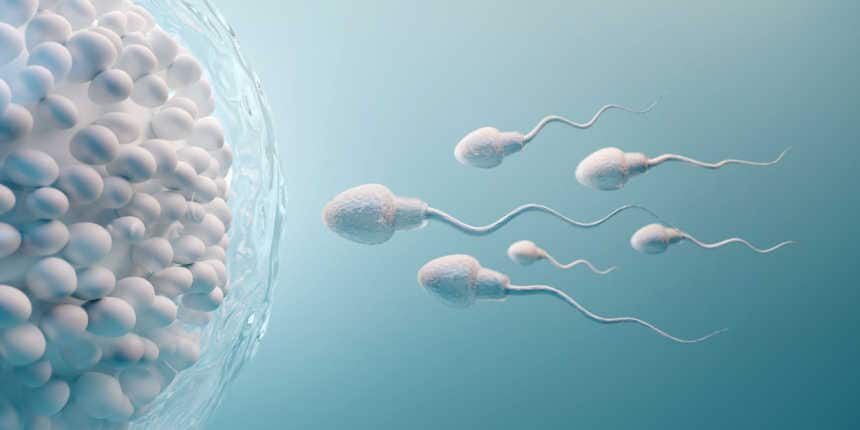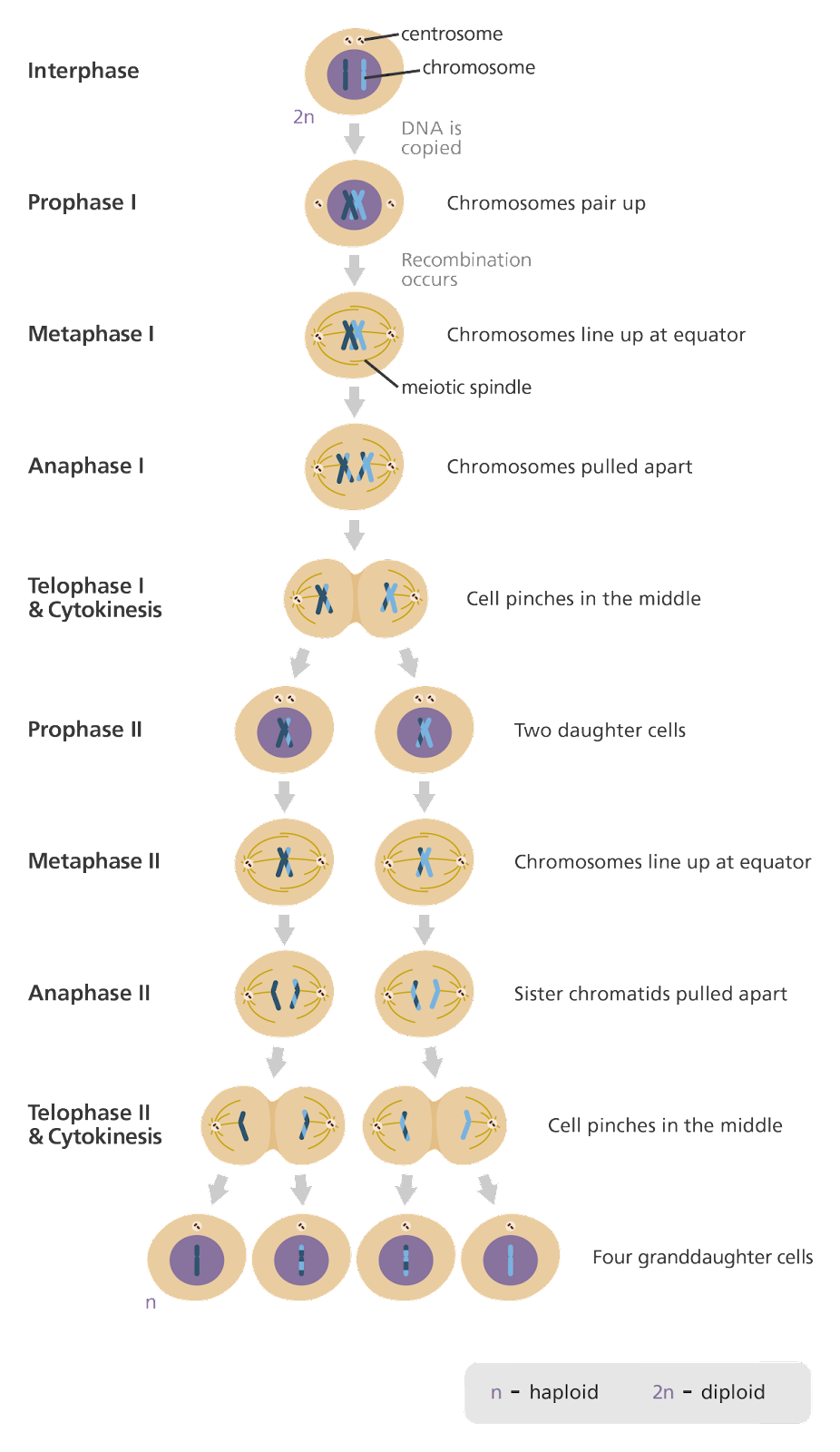How Many Sperms Are Produced From 200 Secondary Spermatocytes?
200 secondary spermatocytes can produce 400 sperms, as one secondary spermatocyte produces two sperms.
This Story also Contains
- Spermatogenesis
- Sperms
- Meiotic Division
- Example

Secondary spermatocytes are haploid cells and are denoted by (N).
Spermatogenesis
Sperms are formed in the seminiferous tubules of the testicles. The process of sperm formation is known as spermatogenesis.
Testicles contain about 250-300 seminiferous tubules. Seminiferous tubules contain two types of cells: Sertoli cells, or nurse cells, and germ cells.
Sperms are formed from germ cells, and Sertoli cells provide sperm nutrition to survive.
The germ cells are diploid, that is, 2N. They get enlarged to prepare themselves for meiosis and are known as primary Spermatocytes.
Primary spermatocytes then undergo meiosis I and are divided into two daughter cells that are haploid (N). These daughter cells are known as secondary spermatocytes.
Secondary Spermatocytes then undergo meiosis 2 to produce two more daughter cells that are known as Spermatozoa.
Sperms
Spermatozoa are round and bulky, and that's why they are unable to move quickly, so they are modified into sperm that have a head, neck, and tail.
The head contains the nucleus; the neck, also known as the midpart, contains centrioles; and the tail provides mobility to them.
The tail consists of mitochondria which provide them energy to move.
And the head contains a part known as an acrosome, which is formed from Golgi bodies.
The process of modification is known as spermiogenesis. Sperms stay embedded in the walls of seminiferous tubules for some time before they move to the epididymis, then the vas deferens, and then the urethra, where they receive the secretion from the seminal vesicles and prostate gland and turn into semen, and, at last, ejaculate from the penis.
Male can ejaculate 1-3 ml of semen. One ml of semen contains 100 billion sperms.
Meiotic Division
Meiosis is the process in which gametes are made in the reproductive organs. It involves the reduction division of a diploid germ cell into four genetically distinct haploid daughter cells. It is divided into two parts that are meiosis 1 and meiosis 2.
Meiosis I and II are each divided into :
prophase: this is the longest phase. In this phase,
The chromosome condenses.
Nuclear envelope breaks down.
Crossing over occurs.
metaphase: in the pair of homologous chromosomes move to the equator of the cell.
anaphase: homologous chromosomes move towards opposite poles of the cell.
telophase : chromosomes gather at the respective poles and cytoplasm starts to divide.
Meiosis II is the same as mitotic division. In this Crossing over doesn't take place.
Example
800 sperms are produced from 400 secondary Spermatocytes. 600 sperms are produced from 300 secondary Spermatocytes.
Applications for Admissions are open.
As per latest syllabus. Physics formulas, equations, & laws of class 11 & 12th chapters
JEE Main Important Chemistry formulas
Get nowAs per latest syllabus. Chemistry formulas, equations, & laws of class 11 & 12th chapters
JEE Main high scoring chapters and topics
Get nowAs per latest 2024 syllabus. Study 40% syllabus and score upto 100% marks in JEE
JEE Main Important Mathematics Formulas
Get nowAs per latest syllabus. Maths formulas, equations, & theorems of class 11 & 12th chapters